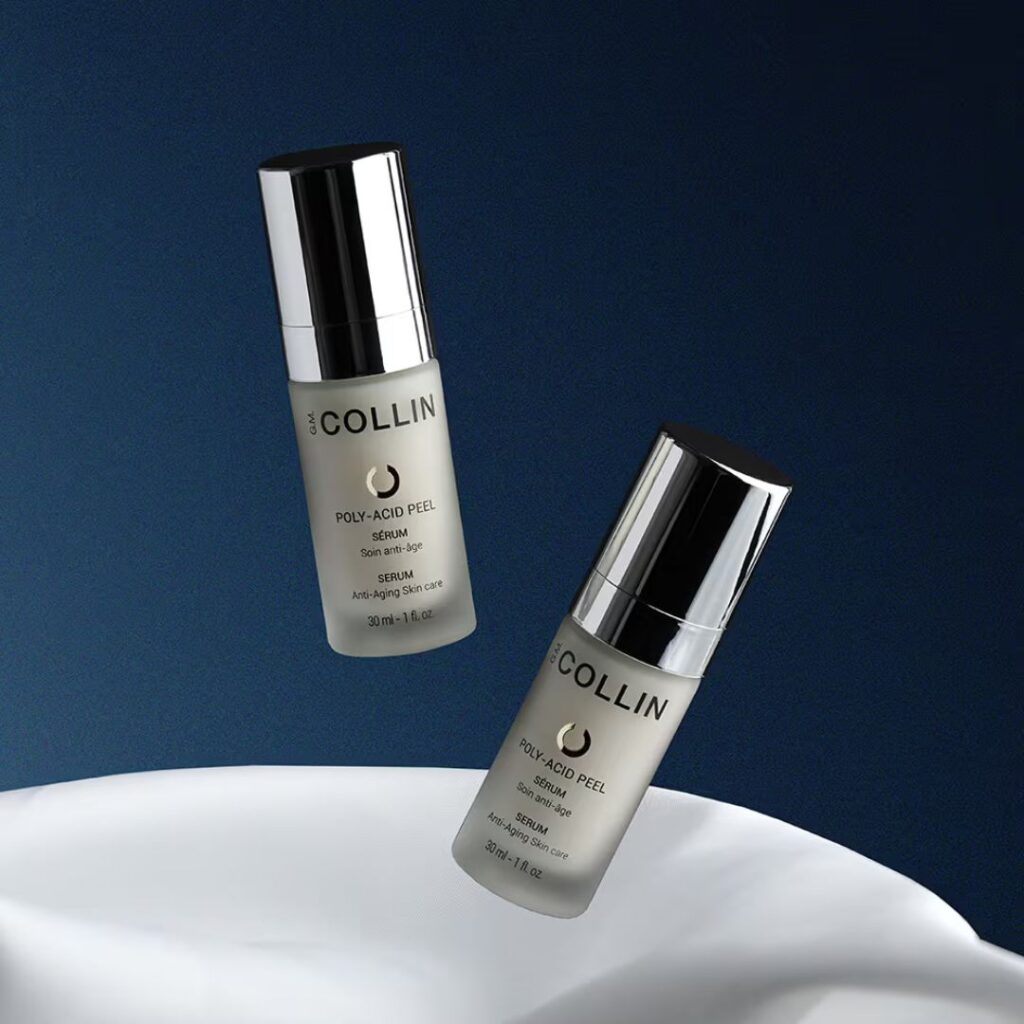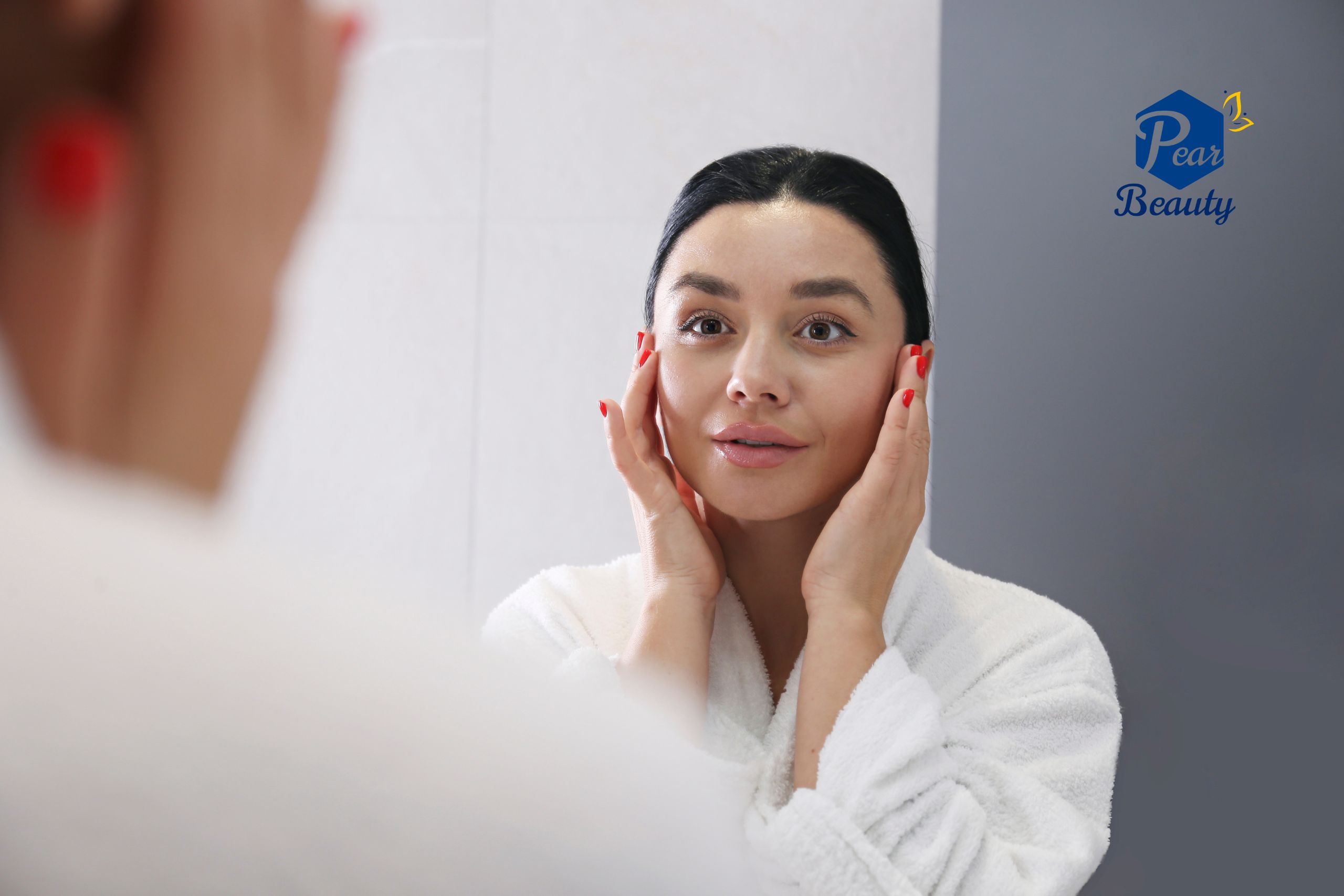AHAs & BHAs: What’s The Difference?
When it comes to skincare, you’ve likely heard of AHAs (Alpha Hydroxy Acids) and BHAs (Beta Hydroxy Acids). These powerful ingredients are often mentioned in products that promise to exfoliate and rejuvenate the skin, but what exactly sets them apart? Let’s dive into the differences, what they’re best used for, and how you can incorporate them into your skincare routine for optimal results.
What Are AHAs and BHAs?
AHAs are water-soluble acids derived from fruits and milk. They work on the skin’s surface to dissolve dead skin cells, making them an excellent choice for improving skin texture, fading dark spots, and brightening your complexion. Some common AHAs include glycolic acid, lactic acid, and citric acid.
BHAs, on the other hand, are oil-soluble acids that penetrate deeper into the pores. They’re particularly effective at unclogging pores, reducing blackheads, and controlling excess oil. The most well-known BHA is salicylic acid, which is widely used in treatments for acne-prone skin.
What Each Is Best Used For
- AHAs: Ideal for those looking to combat signs of aging, sun damage, and uneven skin tone. AHAs are best suited for normal to dry skin types as they help increase moisture retention while gently exfoliating the surface layer of the skin.
- BHAs: Best for oily and acne-prone skin, BHAs go beyond surface exfoliation to clean out clogged pores. This makes them particularly effective for reducing acne, minimizing pores, and preventing future breakouts.
Which One Should You Use?
The answer depends on your specific skin concerns. One is not superior to the other; rather, they are used to address different issues. For example, if you struggle with fine lines and dull skin, AHAs might be your go-to. But if you’re dealing with stubborn acne or blackheads, BHAs could be more beneficial.
Can I Use AHAs and BHAs Simultaneously?
Yes, since they treat different concerns, many formulations combine AHAs and BHAs to maximize their benefits for various skin types and conditions. You can also alternate between AHA and BHA products depending on your skincare needs. A great time to incorporate these into your routine is during seasonal changes when your skin might need a little extra care.
However, it’s important to remember that both AHAs and BHAs can make your skin more sensitive to the sun. Always apply an SPF daily to protect your skin from increased sun damage, especially when using exfoliating acids.
Introducing Your At-Home Night Treatment: G.M. Collin’s Poly-Acid Peel Serum
For those looking to achieve glowing, revitalized skin, Pear Beauty Spa recommends G.M. Collin’s POLY-ACID PEEL SERUM. This advanced retexturizing serum is formulated with 10% AHAs and 0.5% BHA, providing multi-level exfoliation that deeply revitalizes dull and tired skin.

Benefits:
- Improves the appearance of imperfections and refines skin texture.
- Promotes skin renewal, leaving your skin soft and hydrated.
- Reveals a radiant, flawless complexion.
- Visibly reduces wrinkles and fine lines.
Whether you’re aiming to smooth out fine lines, unclog pores, or simply achieve a brighter complexion, AHAs and BHAs offer unique benefits that can be tailored to your skincare needs. Incorporate them wisely into your routine, and don’t forget your SPF to protect that freshly exfoliated skin! Shop all of our products online now! Want a skin consultation with one our experts? Book one for FREE today!

August 19, 2024
Be the first to comment